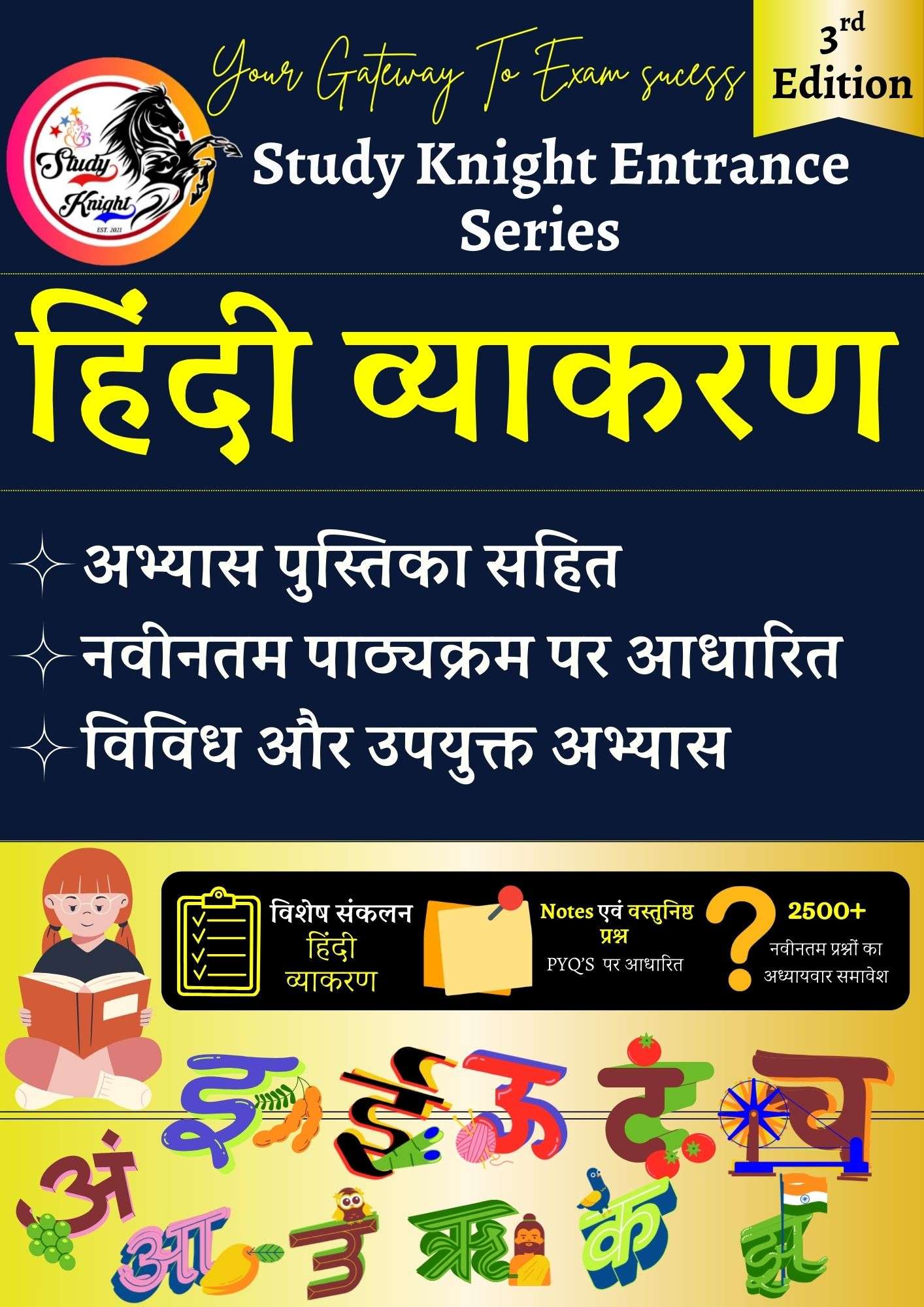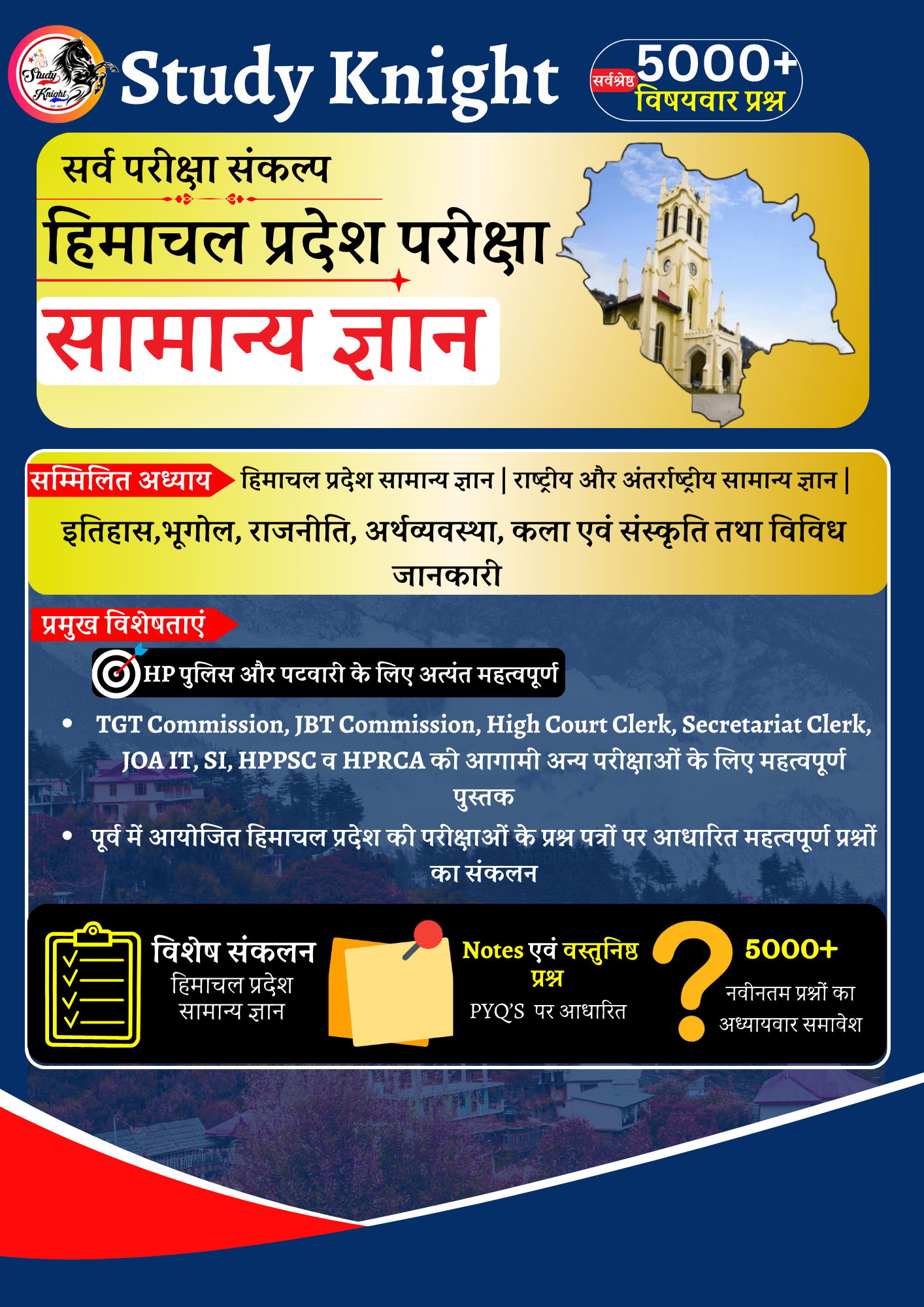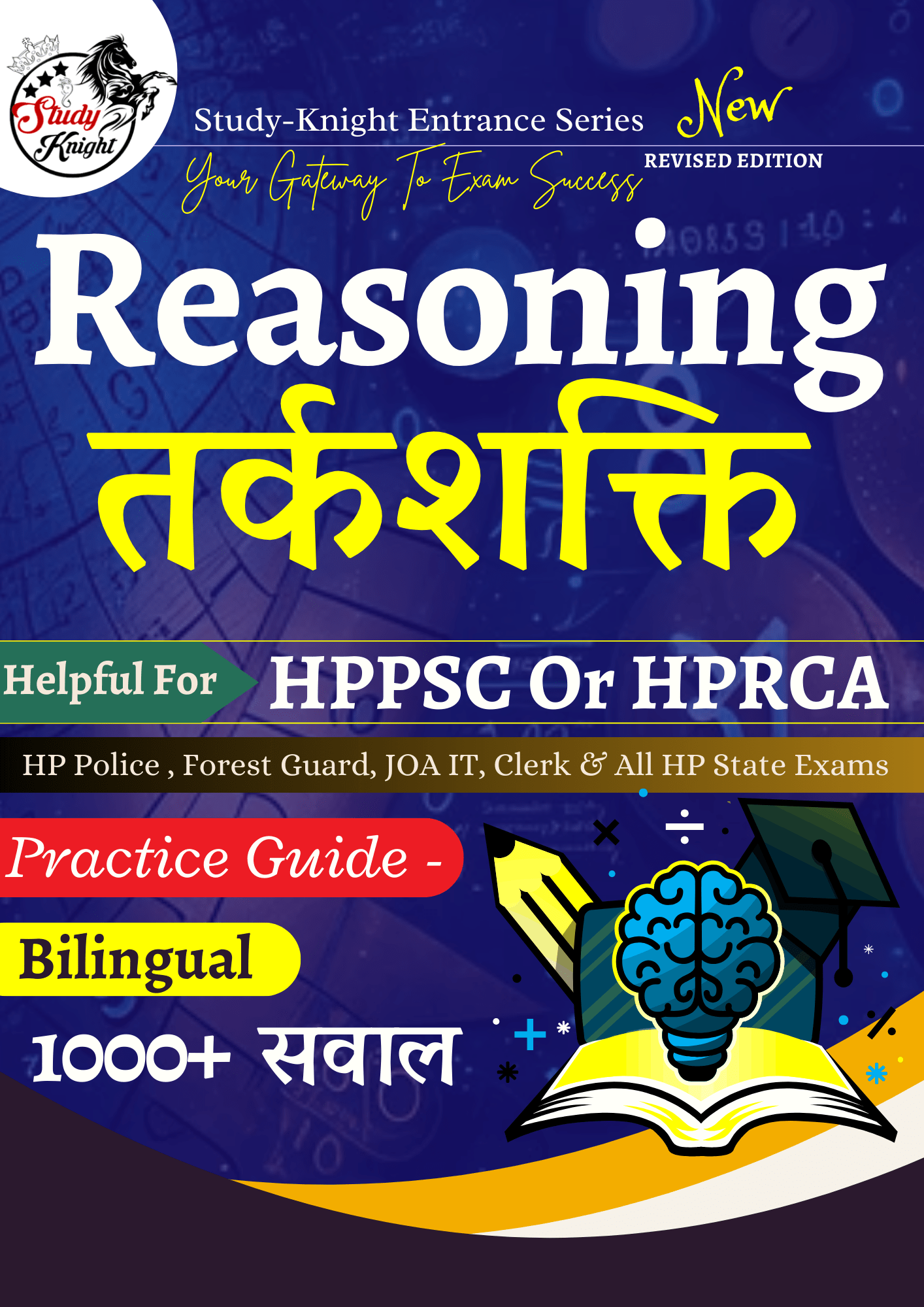1. If a : b : c = 3 : 4 : 7, then the ratio (a + b + c) : c is equal to
यदि a : b : c = 3 : 4 : 7, तो अनुपात (a + b + c) : c बराबर है
A. 2 : 1
B. 14 : 3
C. 7 : 2
D. 1 : 2
Answer: Option A
Solution: a : b : c
3 : 4 : 7
3x:4x:7x⇒14x
∴a+b+c=14x
c=7x
∴(a+b+c):c
=14x:7x
=2:1
2.The number of students in 3 classes is in the ratio 2 : 3 : 4. If 12 students are increased in each class this ratio changes to 8 : 11 : 14. The total number of students in the three classes in the beginning was
3 कक्षाओं में छात्रों की संख्या 2: 3: 4 के अनुपात में है। यदि प्रत्येक कक्षा में 12 छात्र बढ़ जाते हैं तो यह अनुपात 8: 11: 14 में बदल जाता है। शुरुआत में तीनों कक्षाओं में छात्रों की कुल संख्या थी
A. 162
B. 108
C. 96
D. 54
Answer: Option A
Solution: Let the number of students in the classes be 2x, 3x and 4x respectively;
Total students = 2x + 3x + 4x = 9x
According to the question,2x+12/3x+12=8/11
or, 24x+96=22x+132
or, 2x=132−96
or,x=362=18
Hence,Original number of students,9x=9×18=162
3.A box has 210 coins of denominations one-rupee and fifty paise only. The ratio of their respective values is 13 : 11. The number of one-rupee coin is
एक बक्से में केवल एक रुपये और पचास पैसे मूल्यवर्ग के 210 सिक्के हैं। उनके संबंधित मूल्यों का अनुपात 13:11 है। एक रुपये के सिक्के की संख्या है
A. 65
B. 66
C.77
D.78
Answer: Option D
Solution: Respective ratio of the NUMBER of coins;
= 13 : 11 × 2 = 13 : 22
Hence, Number of 1 rupee coins;
=13×210/13+22
= 78











